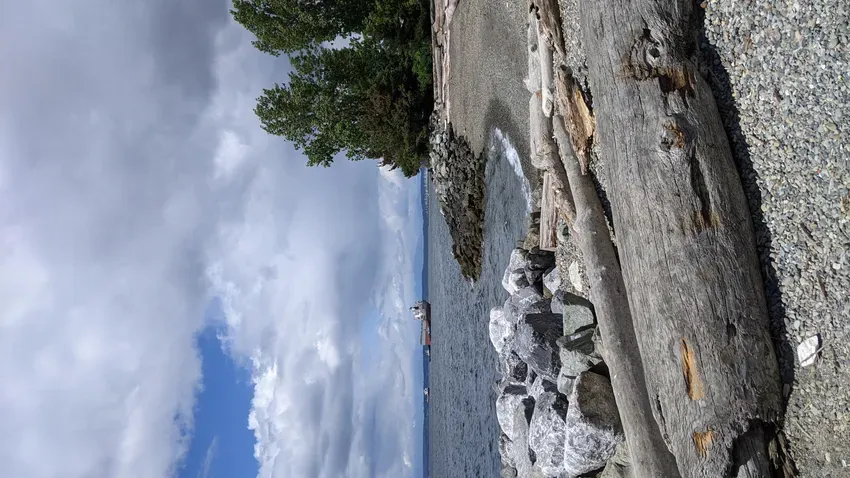In the '60s, a man named John B. Calhoun ran a series of experiments in which he built insular "mouse cities" to test the psychological stresses of overpopulation and city living. In the beginning, some mice would fight and form social groupings to protect resources, despite the clear abundance of food and water. Over time, the population became too large, the groups broke down, and the mice became more and more secluded, leading solitary lifestyles, either eating and grooming themselves without social interaction or hiding away in their prefabricated apartments and dying alone.
I think about this a lot, lying in bed, exhausted by the sound of traffic and listening to the constant scrapes and bumps coming from the apartment above mine. They never seem to go out, but they're always restless, whoever they are. To my left is a young woman whose dishes' clattering I can hear from what constitutes the living room of my studio abode. And to my right is a stairwell. The constant stomping and movement have become an irregular orchestra playing over the claustrophobic cacophony of everyday city living.
They say there are ties between city noise and a shorter life – and Seattle's constantly under construction.
As soon as the weather warms up, it's become my tradition to leave my mousetrap – with its hair-trigger fire alarms and tap-dancing neighbors – and find the quiet spots in the city. There are several pocket parks in and near my neighborhood, but my favorite place is just at the edge of Belltown. If you walk a little off the path of the Olympic Sculpture Park and down to the water, you'll find it.
Heaven in the middle of the Emerald City.
Myrtle Edwards Park.
Staring out into the Sound from a rocky beach, mostly obscured by trees, the first thing I always notice is the smell of the salt air. The second is that aside from the occasional train or plane, the only sound here is the waves crashing against the rocks. I have a tendency to sit on the rocks and watch the water for hours.
I ruined someone's engagement photos doing this once, but only because I was there first, and the photographer was being loudly passive aggressive instead of politely asking me to move.
I'd never been so calm and so full of spite at the same time. It's a life changer.
The peace there comes not only from the quiet but also from view of the mountains on a clear day, and the closeness to the water. I like to sit on the edge of the rocks until high tide forces me to climb up further. It feels wild, Myrtle Edwards Park, despite knowing it isn't. It's an easy return to the simple joys for someone like me, who grew up so close to wilderness before transplanting.
You get a real appreciation for the sturdy things – the mountains and rocks and waves – when you've lived a life pretending to be something you're not: straight or male or happy. Sure, the mountains and rocks will erode eventually, but they do it at a rate so incomprehensibly slow that they feel eternal. They'll outlast my mousy, solitary life of hustle and bustle. There's a sense of calm in that, too. Knowing the world goes on without you, I mean.
If the rain clouds hadn't rolled in, I would've stayed until sunset. Watching the lights on the other side of the water twinkle to life and paint a portrait of the sky on land is one of those things that never loses its splendor.
After walking no more than two blocks from that spot, I'm almost flattened by a tourist's SUV. Oregon plates. There goes that sense of calm. I rush home to spend the rest of my day hiding away in my studio apartment with noise-canceling headphones on.
Which neighborhood should I explore next? Tweet suggestions, critiques, or flat-out insults @photondetective for the next installment of Search for the Soul of Seattle.


